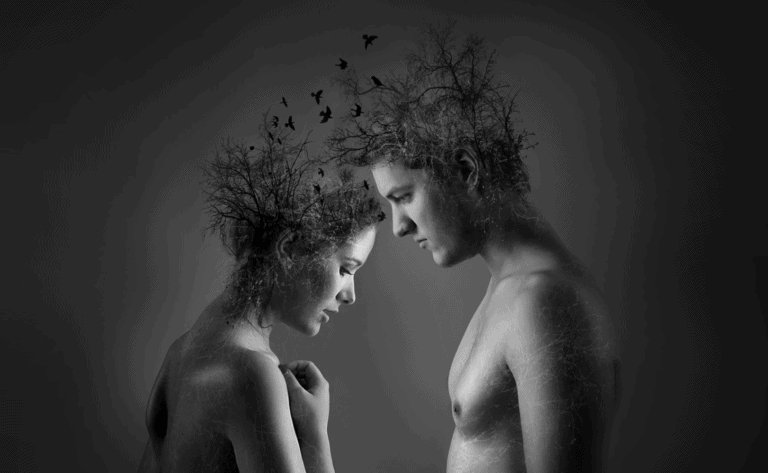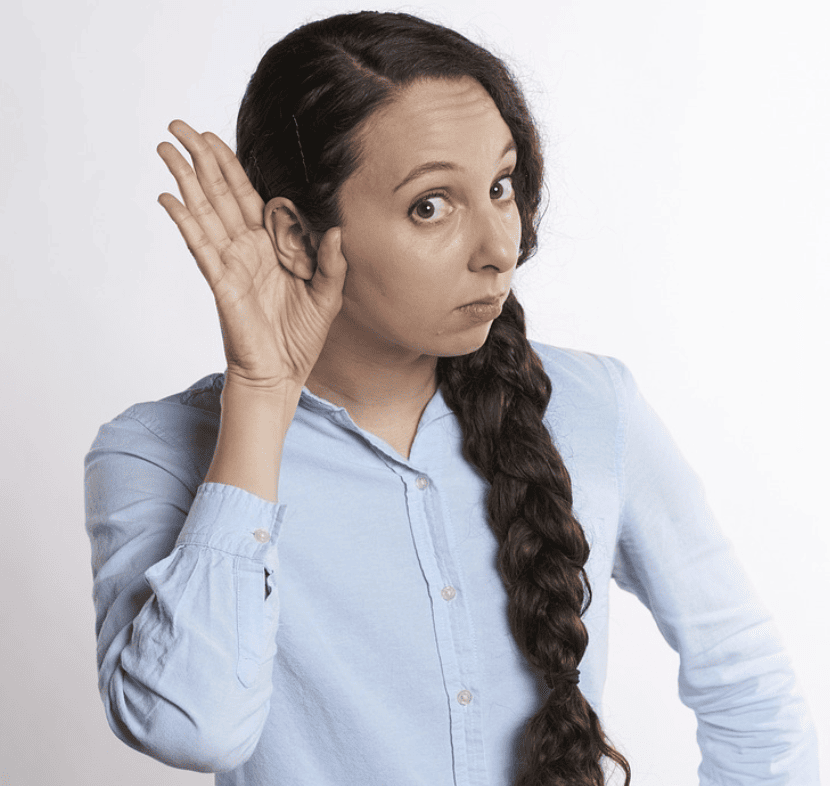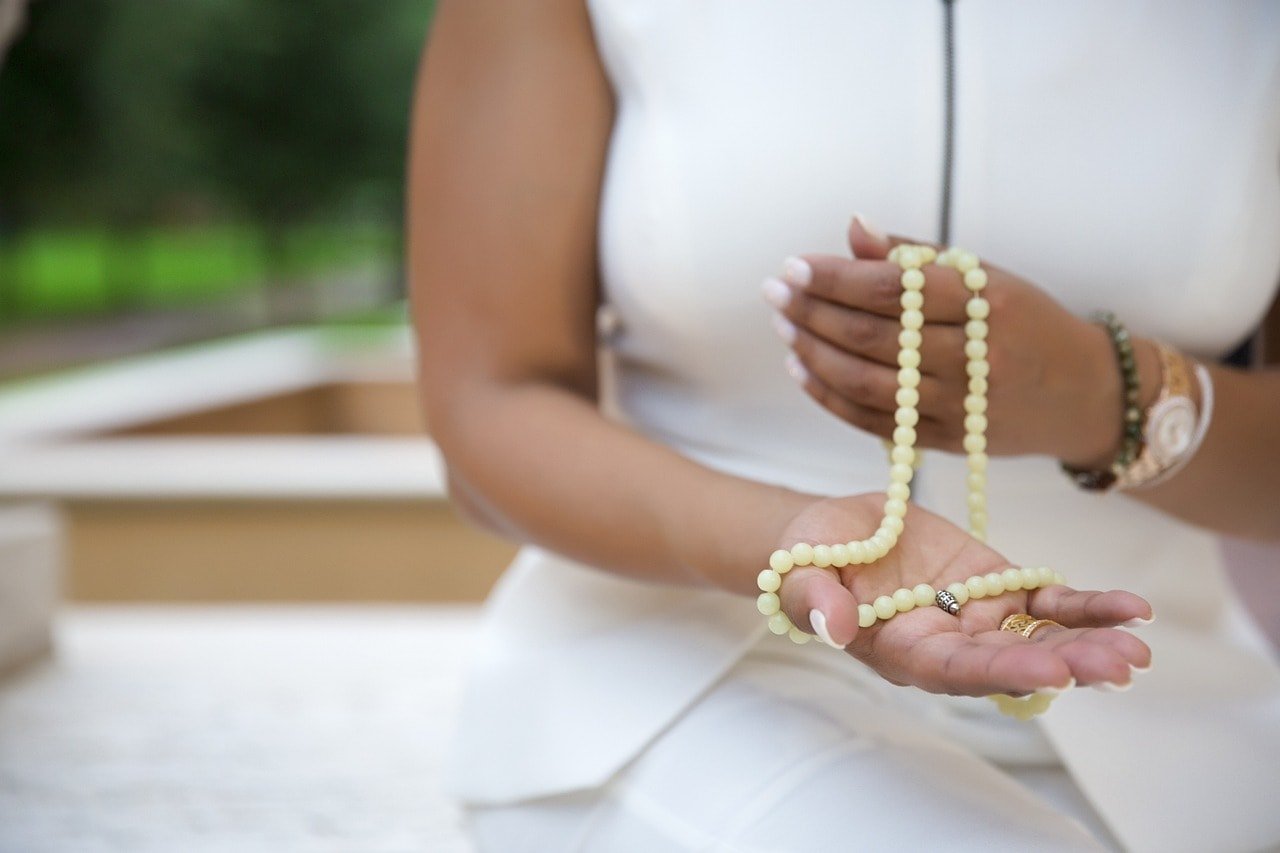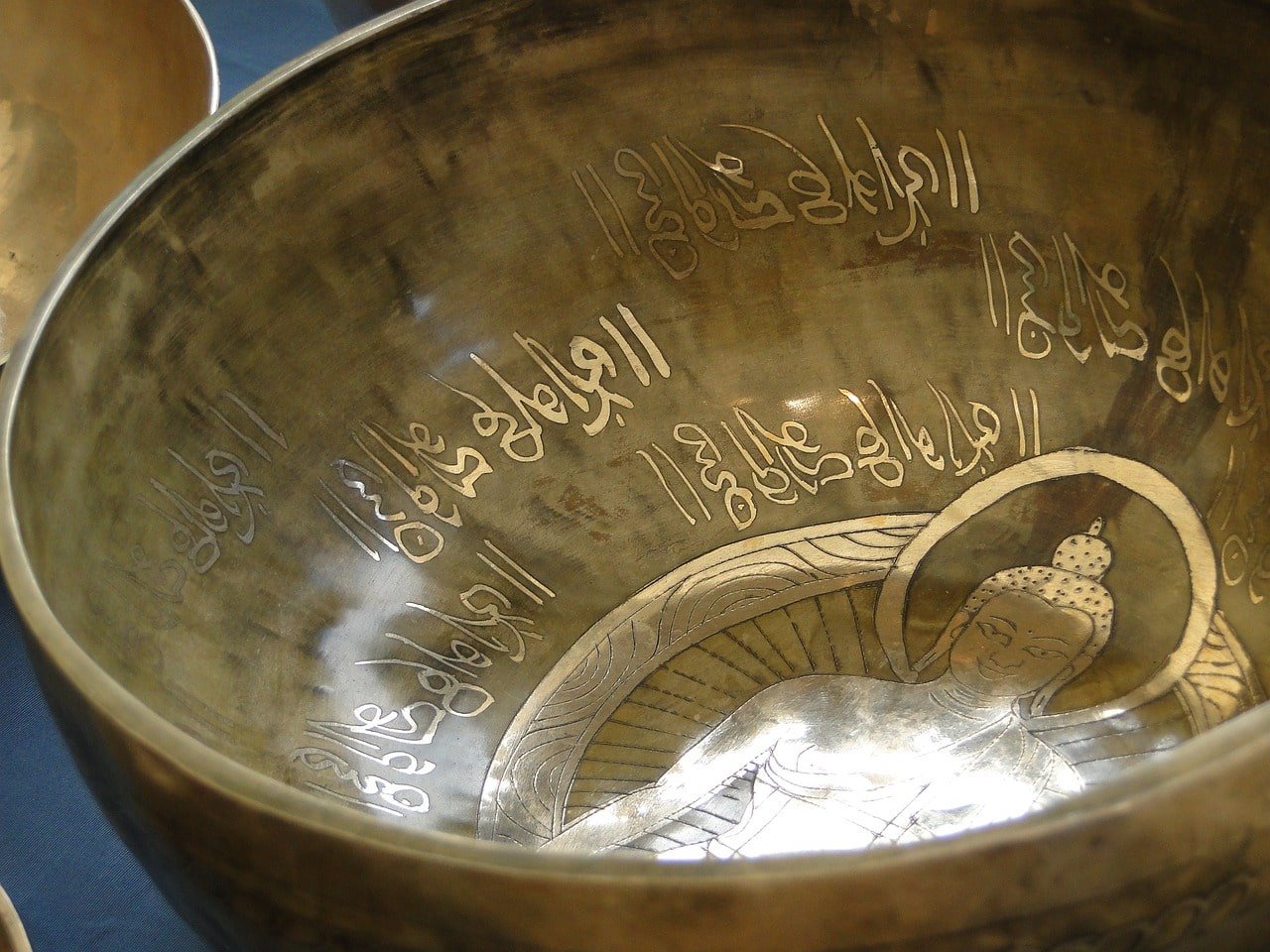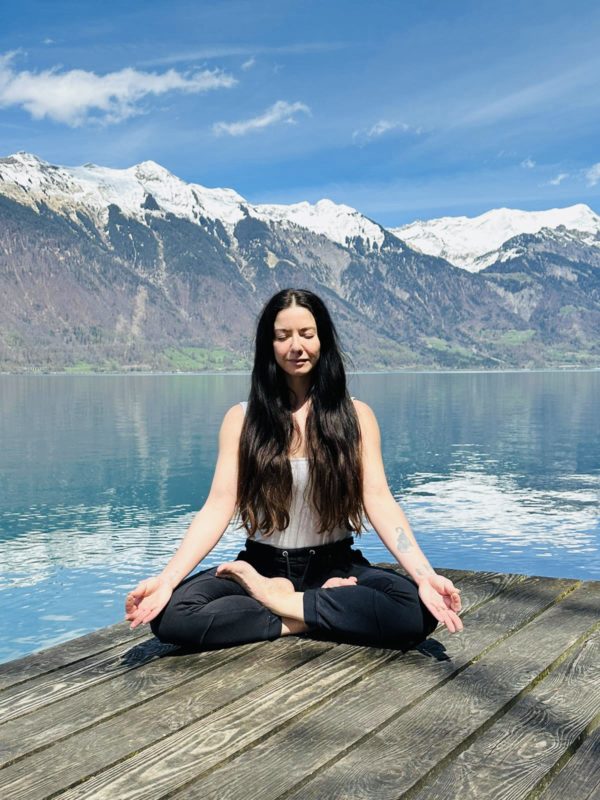How Can We Love Without Attachment And Still Love?
Many students and clients have expressed concern about this topic, so rest assured that Yogic and Buddhist philosophy tell us that we can love without attachment. However this can be confusing because there is a strong emphasis in Eastern philosophy on the practice of non-attachment. We are encouraged to not attach ourselves to anyone or anything in our lives, because nothing in life is permanent, it is all ‘maya’ or illusion. And this illusion and attachment is what causes us ‘dukkha’ the word for suffering or unhappiness. In fact the Buddha stated that attachment (not love) for others, and material things, are causing us to suffer.
Therefore nothing in our lives is permanent and everything is constantly changing. Our thoughts, breath, emotions, relationships, knowledge, body, possessions, every passing moment, is either evolving, devolving or simply changing. Nothing in this life stays in the exact same state as it is in right now. Everything in life is impermanent and an illusion, except who we truly are in our heart. Therefore the idea is that we should not attach ourselves to anything or anyone because what you are attaching yourself to is an illusion and is always changing.
The issue is that many misinterpret and misunderstand this concept and think that non-attachment means that we are not meant to love our family, friends, pets, possessions etc. However 2 important tenets of Buddhism are love and compassion, and we are actually encouraged to feel connected to, love, and have compassion for, every human and creature in the world. But how can we do this without attachment? This is always a lively topic of discussion with my students on my 200 hr Yoga Teacher Training Course.
The idea is that holding on to things too tightly causes us suffering. What we should be doing is analyzing why we are actually holding on to that person or thing so tightly. There is often an imbalance in our lives or something missing, and we are often using that attachment to fill an emotional void.
We can love people and things, but we should not allow them to define us, or pin all of our happiness, peace, strength or sense of self on that love. We can have people we love in our lives and have possessions, but not attach ourselves so tightly to them as if we own them. Love without attachment means being aware that our possessions can break, get stolen or change, and that sadly people can leave or die. This is an important concept in Yogic and Buddhist philosophy called impermanence.
We are confusing love and attachment, and are assuming that everything is permanent. We think this person, relationship or thing is ‘mine’ and we will always have it or it will always stay in the same state it is in now. We are not mentally prepared for the dying, changing, evolving etc so it causes us suffering. This is attachment. So if we understand that everything is impermanent and does not last forever then we will love without attachment, which is true love. Enjoy the people and the possessions, but keep in mind that some day they may not be there. So you’ll be able to love and cherish the things and people in your life without causing yourself to suffer.
Lama Yeshe Rabgye gives a lovely analogy of love without attachment in one of his podcasts. He tells us to imagine that we have gone for a walk and we come across a beautiful flower that really catches our eye. We admire and appreciate it for a while. If we were to pick it and take it home with us, that would be attachment. If instead we were to leave it there for the bees and others to admire, that is love. Ultimately we don’t want our happiness, peace, strength and sense of identity to be defined or attached to anyone or anything else, because at the end of the day everything changes, and the only thing that is real and permanent, is your inner true self that resides in your heart.

